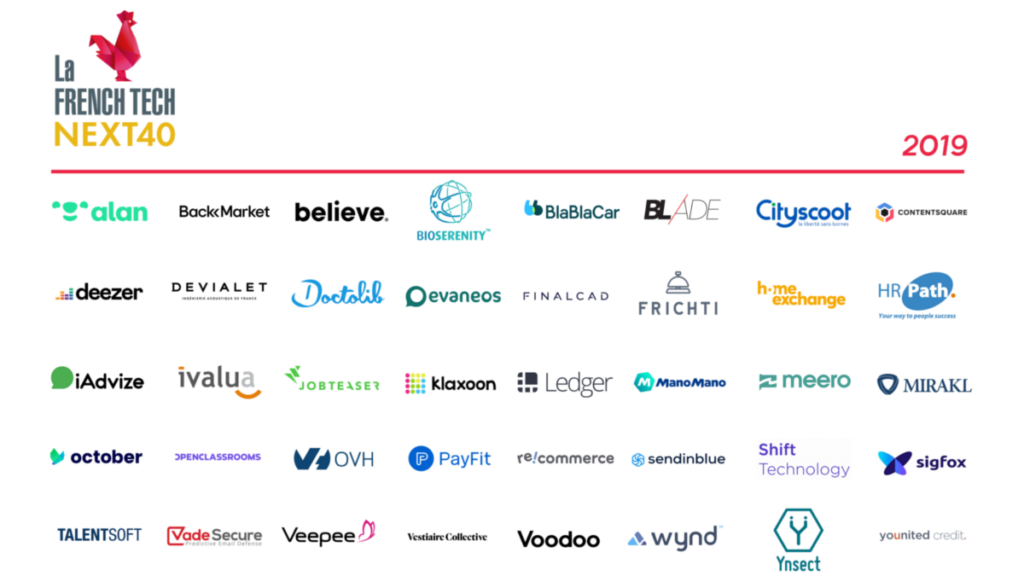The new generation of consoles is both a hard and an easy sell. With a big bump to specs and broad backwards compatibility, both the PlayStation 5 and Xbox Series X are certainly the consoles anyone should buy going forward. But with nearly no launch content or must-have features they also fail to make a compelling case for themselves beyond “the same, but better.” What we’re left with is something more like a new iPhone: You’ll have to upgrade eventually, and it’ll be fine. Just don’t believe the hype for the new consoles… yet.
Disclosure: TechCrunch was provided consoles from both Microsoft and Sony ahead of release, as well as a handful of titles from first- and third-party publishers.
In accordance with an elaborate (and ongoing!) series of embargoes for different features and games, impressions have been trickling out about the new platforms for a month now. For a launch that’s already lacking impact, this may have further blunted excitement: Few gamers will get excited when all anyone can write about is the exterior of the console itself, or the first level of the pack-in game. Some features wouldn’t even be available before launch, or are prohibited from coverage until long afterwards, leaving reviewers wondering whether day-one changes would make any impressions they had obsolete. (I’ll update this review when new information comes to light, or link to future coverage.)
But whatever the case, the shackles are finally removed and now we can talk about most (but not all) the new consoles have to offer. Unfortunately it’s… not that much. Despite the companies’ attempts to hype the next generation as a huge leap, there’s simply no evidence of that at launch and probably won’t be for many months.
That doesn’t mean the new platforms are a flop — or even that they aren’t great. But the new generation is a lot like the old one, and compatibility with it is actually the biggest thing the PS5 and Series X have going for them for the opening stretch. Here’s what I can tell you honestly about my time with the PS5.
The hardware: Conversation piece
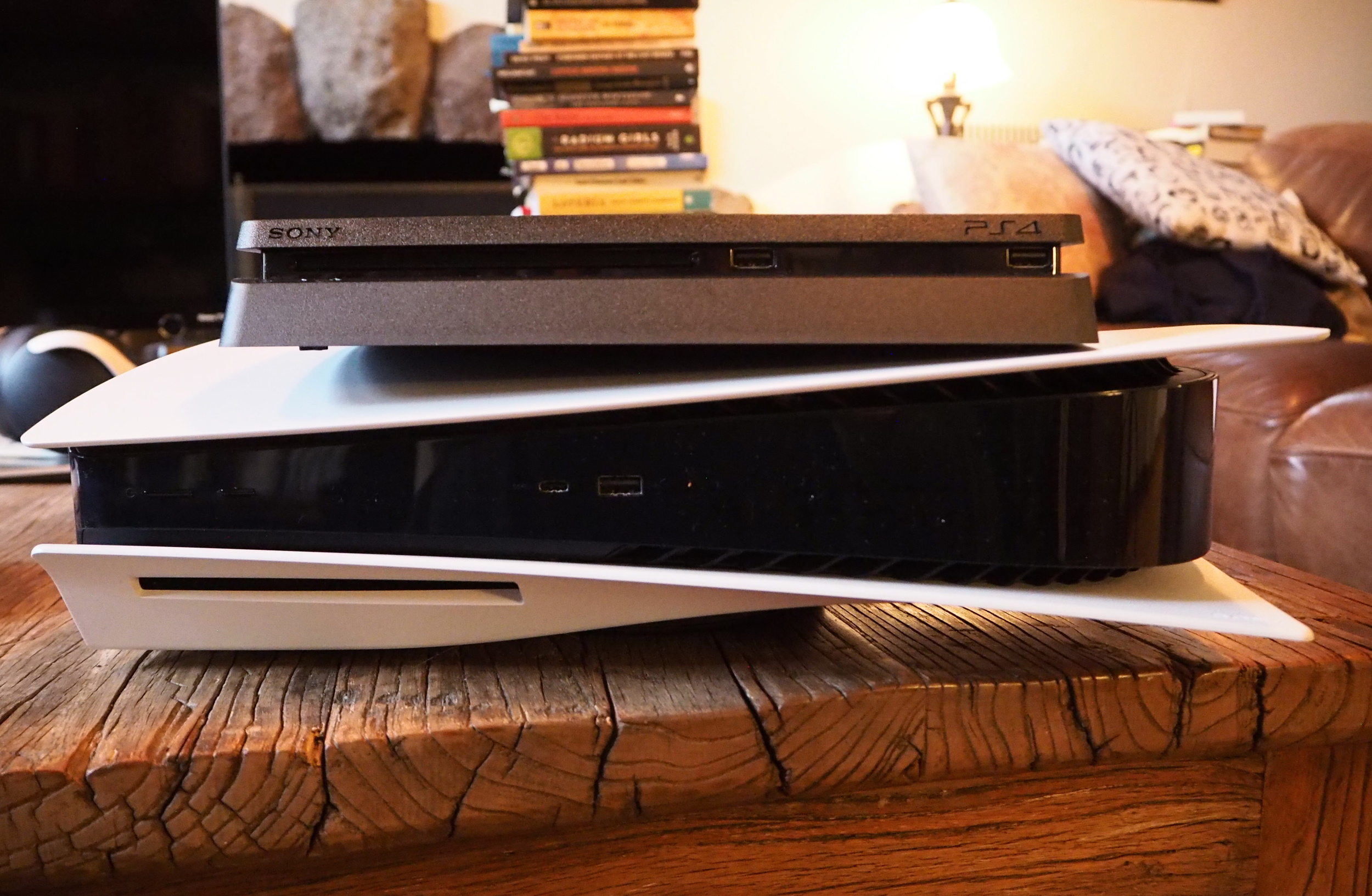
As you can see, the PS5 is CONSIDERABLY larger than the PS4 Slim.
The PS5 is a strange-looking beast, but I’ll give it this: no one is going to mistake it for any other gaming console. Though they may think it’s an air purifier.
The large, curvy device likely won’t fit with anyone’s decor, so it may be best to just bite the bullet and display it prominently (fortunately it sits comfortably vertically or on a stand horizontally). I look forward to getting custom shields for the side to make this thing a little less prominent.
The console is fairly quiet while playing games, but you’ll probably want it at least a few feet away from you, especially if you’re going to play with a disc, which is much louder than normal operation.
As for performance, it’s really impossible to say. The only “next-gen” (really cross-gen) game I got to play much of was Spider-Man: Miles Morales, and while it looked great (more impressions below), it’s incredibly hard to make any substantive comment on the machine’s computing and rendering chops.

Image Credits: Devin Coldewey / TechCrunch
The prospect of gaming in 4K and HDR, and of advanced techniques like ray tracing changing how games look, is an exciting one. But in the first place you need a TV setup that’s capable of taking advantage of these features, and in the second — to be perfectly honest, they’re not all they’re cracked up to be. A high-quality 1080p TV from the last couple years will look very nearly as good despite not supporting Dolby Vision or what have you. (I know because I got a new TV during the review period. They both looked great.)
Load times — a factor of the much-lauded custom SSD in this thing — are similarly hard to evaluate, though certainly going from menu to game in Miles Morales was fast, fast-traveling faster, and the previous game was faster to load than on my regular PS4. This benefit will of course vary from game to game, however — some developers are announcing their performance gains publicly, while others with less impressive ones may just let sleeping dogs lie. Without more titles to get a feel for the console’s performance improvements, right now you’ll have to take Sony’s word on things.
The controller: DualSense makes sense

Image Credits: Devin Coldewey/TechCrunch
One place where Sony is attempting to advance the ball is in the new DualSense controller.
Not in the shape and color and slick, transparent buttons — those are not so hot. It feels like a DualShock that’s let itself go a bit, and I’m definitely not a fan of the “PS” shaped PlayStation button. This thing feels like a grime magnet.
And not in the built-in speaker and microphone, either; I struggle to think of any application for these that wouldn’t be better served by a headset or avoided altogether.
What’s actually a clear and impressive upgrade is the triggers, which feature incredibly precise mechanical resistance that serves all kinds of gameplay functions and sets the imagination running.

Image Credits: Devin Coldewey / TechCrunch
The new triggers are connected to a set of gears that impart actual pressure against your fingers, from a very light tap to, presumably (though I haven’t experienced it), actually pushing your fingers back.
The range is wide and it can impart the pressure anywhere along the trigger’s range, giving interesting effects like (the obvious one in violent games) resistance while you pull a gun’s trigger, which then clicks and releases when it fires. In Miles Morales, the triggers act as a very sensitive rumble, but also give you tactile feedback when you’re swinging, telling you when you’ve made contact and so on.
Honestly, I love it. I want to play games that use it well. I don’t want to play games that don’t have it! Hopefully developers will embrace the variable-resistance triggers, because it genuinely adds something to the experience and if I’m not mistaken even has the potential to make games more accessible.
The UI: More is more
The PS4’s interface had the illusion of simplicity, and the PS5 continues that with two steps forward and one step back.
For one thing, separating out the “games” and “media” portions of the machine is a smart move. As OTT apps and streaming services proliferate they take up more and more space and it makes perfect sense to isolate them.
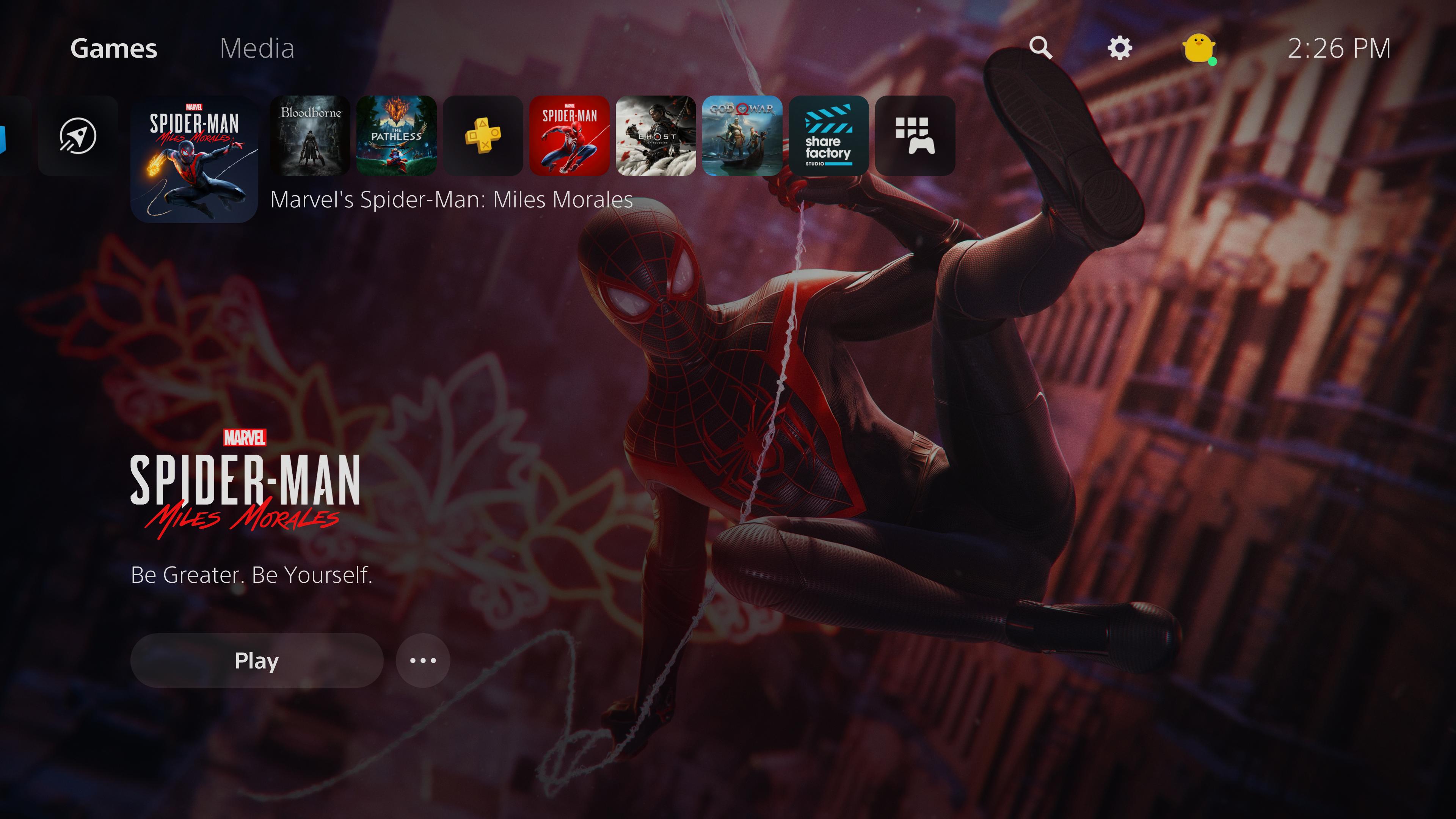
As for the games side, it’s similar to the PS4 in that it’s a horizontal line that you click through, and when a game is highlighted it “takes over” the screen with a background, the latest news, achievements, and so on. As before it works perfectly well.
Previously, when you pressed the PlayStation button, you’d return to the main menu and pause whatever you were playing. If you held down the button, it opened an in-game side menu where you could invite friends, turn off the console, and other common tasks.
The PS5 reverses that: the long press now returns you to the home screen, while a short press brings up the in-game menu (now a row of tiny icons on the bottom of the screen — not a fan of this change).
The in-game menu now sports an in-depth “card” system that, while cool in theory, seems like one of those things that will not actually be used to great effect. The giant cards show recent screenshots and achievements, friend activity, and if the developer has enabled it, info about your current mission or game progress.
For instance, in Miles Morales, hitting pause told me I was 22% of the way through a side mission to rescue a bodega cat named Spider-Man, with an image of the bodega where I accepted it. Nice, but it’s redundant with the info presented in-game if I pause in the ordinary way. There’s more to it, though — the cards can also be used as “deep links” to game features like multiplayer, quests in progress, quick travel locations, even hints.
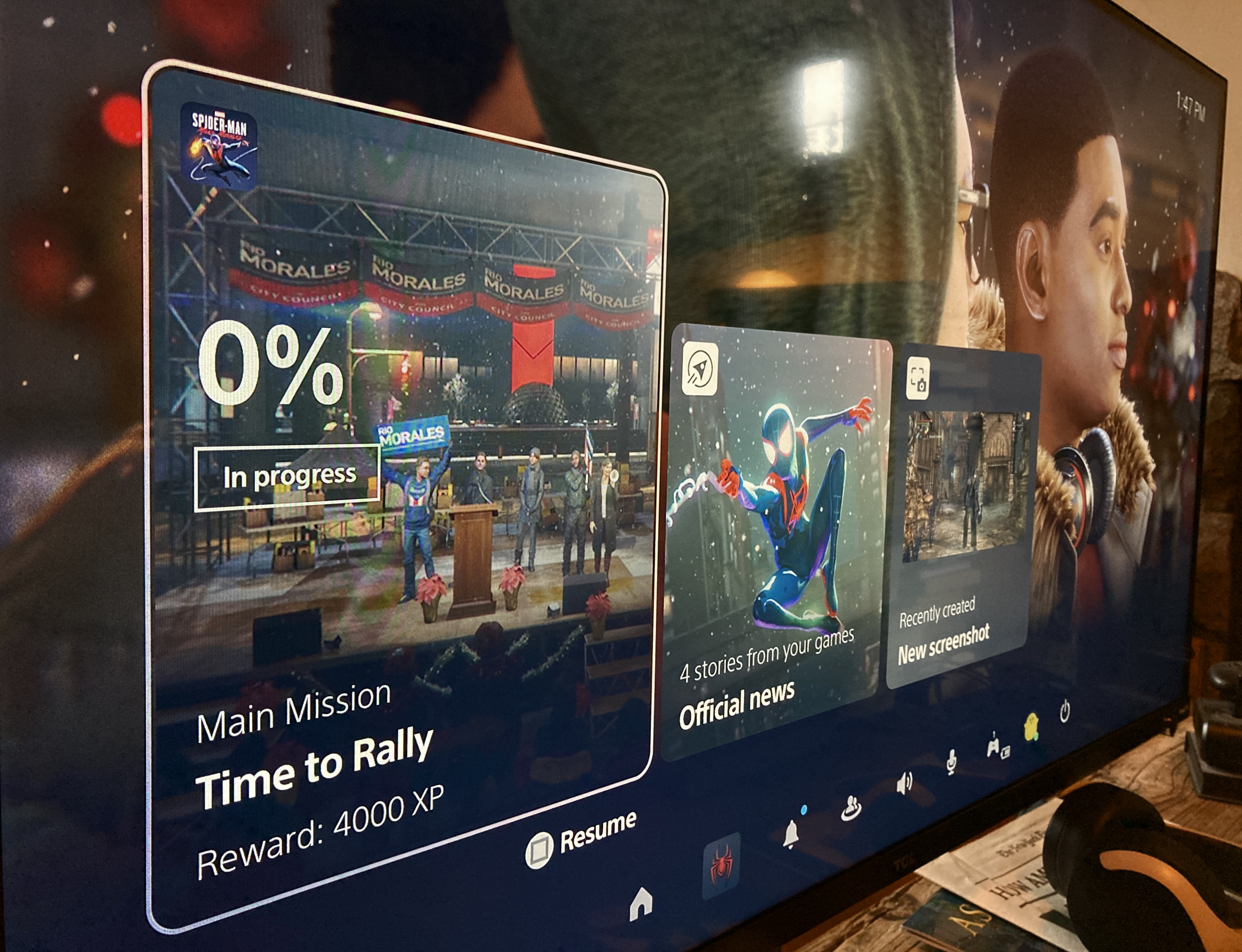 Sony showed these advanced possibilities off in a video of Sackboy: The Big Adventure, but since that game isn’t yet available I can’t yet speak to how well it works. More importantly, I can’t make any promises on behalf of developers, who may or may not integrate the system well. At the very least it could be nice, but I’m afraid it will be relegated to first-party games (of which Sony promises many) and be optional at that.
Sony showed these advanced possibilities off in a video of Sackboy: The Big Adventure, but since that game isn’t yet available I can’t yet speak to how well it works. More importantly, I can’t make any promises on behalf of developers, who may or may not integrate the system well. At the very least it could be nice, but I’m afraid it will be relegated to first-party games (of which Sony promises many) and be optional at that.
It’s hard to call the new UI an improvement over the old one — it’s different, in some ways more busy and in some ways streamlined. Where it may improve things is in reducing friction in things like organizing voice chat and joining friends’ games. But that capability wasn’t ready for launch.
A couple nice things I want to note: Setting up the PS5 to your own preferences is super easy. I downloaded my cloud saves in a minute or two, and there’s a great new settings page for things people often change in games: difficulty, language, inverting the camera, and some other things. There are also accessibility options built-in: a screen reader, chat transcription, and other goodies I wasn’t able to test but am glad to see.
The games: Well… the PS5 is the best PS4 you can buy
The chief reason for buying a new console is to play the new games on it. When the Switch came out, half the reason anyone bought it was to play the fabulous new Zelda. Sadly, the selection at this launch is laughably thin for both Sony and Microsoft fanboys.
As I noted above, the only game I was provided in time to get any real impressions (that I’m permitted to write about) was Spider-Man: Miles Morales. Having recently completed its predecessor on PS4, I can say that the new game looks and plays better, with shorter load times, improved lighting, more detailed buildings, and so on. But the 2018 Spider-Man still looks and plays very well — this is the difference you’d expect in a sequel, not from one generation to the next.
 As far as a review goes, I’ll just say that if you liked the first, you’ll like the second, and if you didn’t play the original, play it first because it’s great. I also want to hand it to the new game for its commitment to diversity.
As far as a review goes, I’ll just say that if you liked the first, you’ll like the second, and if you didn’t play the original, play it first because it’s great. I also want to hand it to the new game for its commitment to diversity.
But that will also be coming out on the PS4… and Xbox One and Series X… In fact, almost all the big games of the next year will be.
They will, of course, play and look better on the PS5 than the PS4. But it’s a hard sell to tell someone to pay $500 so they can play the next Assassin’s Creed or Horizon: Zero Dawn in 4K HDR rather than 1080p.
Meanwhile, the few games you can only play on PS5 are niche players. Sackboy looks to be a fun platformer but hardly a blockbuster; Demon’s Souls is my most anticipated title of the season, but a remake of a legendary but little-played and controller-bitingly difficult PS3 game isn’t going to break sales records; Destruction All-Stars, an online-only racing battle royale game, got delayed until February, which suggests it’s not playing well.
Adding them all up there really isn’t much reason in terms of exclusives to pick the PS5 over the Xbox Series X or, at least for 2021, a PS4 Pro.
The good news is that the PS5 is now without a question the best way to play the huge catalog of amazing PS4 games out there. Nearly all of them will look better, play better, and load faster. Sony as much as admitted this when they bundled a dozen of the best games from the last generation with the PS5. Honestly, I’m looking forward to finally playing God of War (I know… don’t hassle me!) on this thing than I am to Assassin’s Creed: Valhalla.
[gallery ids="2070471,2070472"]
Unfortunately I can’t speak to whether these PS4 games have much to speak of in terms of real improvements yet. As mentioned above, a lot of that depends on support from the developers. But as a simple test, loading the Central Yharnam area in Bloodborne took about 33 seconds on the PS4, and 16 on the PS5 (as you can see in the shots above, the game looks identical). I didn’t time them, but anecdotally other games showed improvements as well.
The verdict: The must-have console for the 2021 holidays
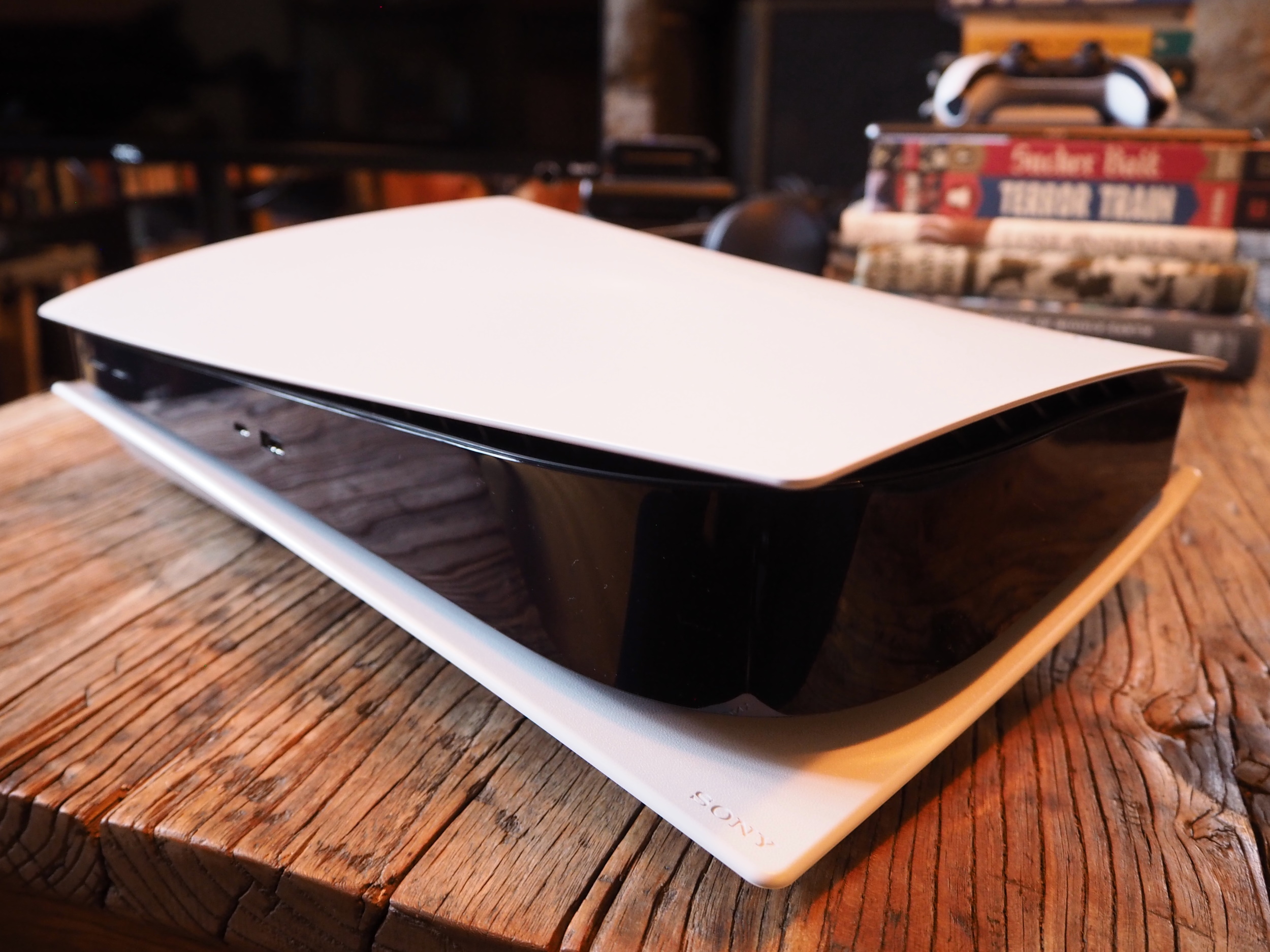
Image Credits: Devin Coldewey / TechCrunch
No, that isn’t a typo. The PS5 (and I am joined in this opinion by our review of its rival, the Xbox Series X) simply isn’t a console anyone should rush out and purchase for any reason. Not least of which because it will be near-impossible to get one in the next month or so, making the possibility of unwrapping a PS5 a remote one for eager youths.
The power of the next generation is not much on display in any of the titles I have been able to play, and while a handful of upcoming games may show off its advantages, those games will likely play just as well on the other platforms they’re being released on.
Nor are there any compelling new features that make the PS5 feel truly next gen, with the possible exception of the variable resistance triggers (the Series X has multi-game suspension at least, and I’d jealous if there were any games to switch between). For the next 6-8 months, the PS5 will merely be the best way to play the same games everyone else is playing, or has been playing for years, but in 4K. That’s it!
The rush by Sony and Microsoft to get these consoles out by the holidays this year simply didn’t have the support of the publishers and developers that make the games that make consoles worth having. That will change late next year as the actual next-gen titles and meaningful exclusives start to appear. And a year from now the PS5 and Series X will truly be must-haves, because there will be things that are only available for them.
I’m not saying buy your kid a PS4 Pro for Christmas. And I’m not saying the PS5 isn’t a great way to play games. I’m just saying that outside some slight differences that many gamers don’t even have the setup to notice, there’s no reason to run out and buy a PS5 right now. Relax and enjoy the latest, greatest games on your old PS4 in confidence, knowing that you’ll save $50 when a Cyberpunk 2077 bundle goes on sale in the summer.
So don’t feel bad if you can’t lay your hands on a PS5 to keep you entertained this winter — a PS4 will do you just fine for the present while the next generation makes its lazy way towards the consoles it will eventually grace.

